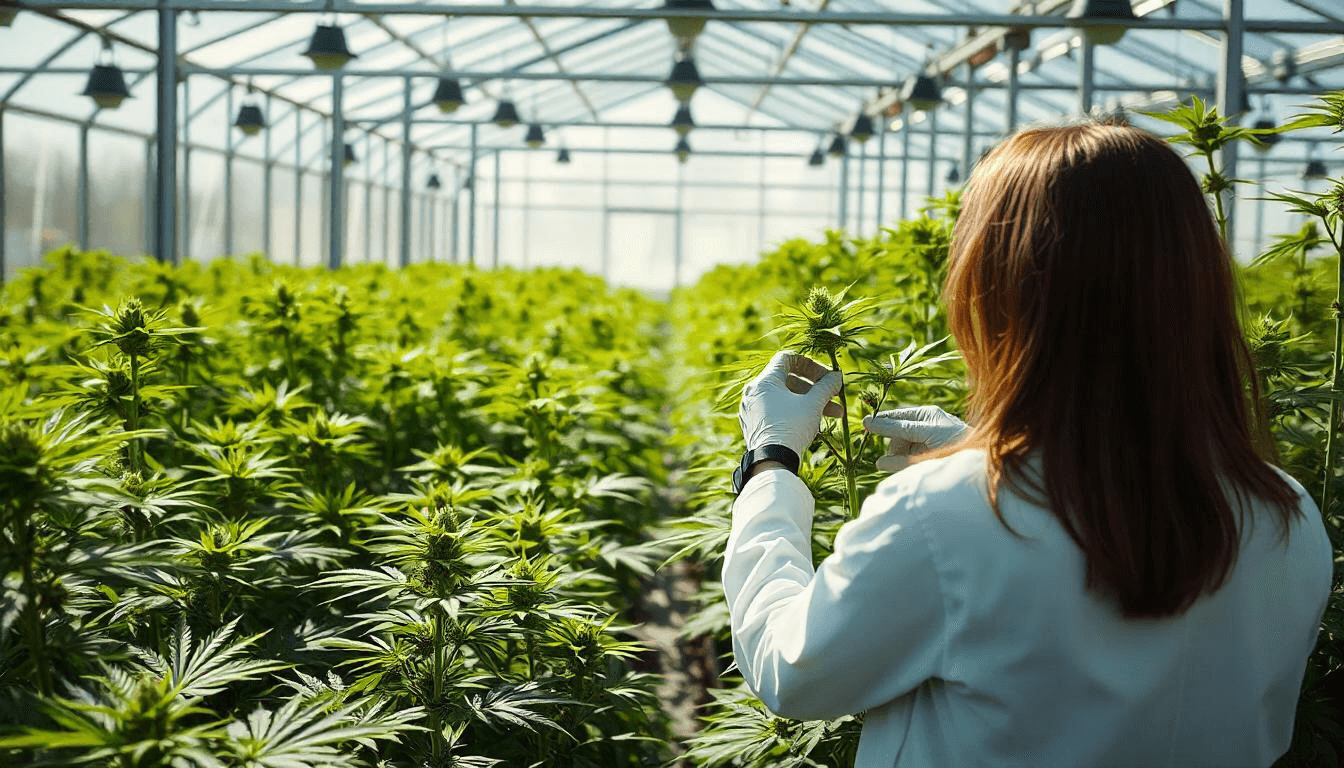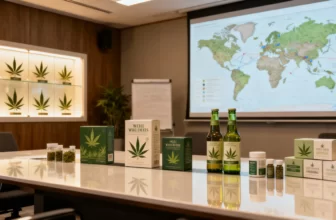In the ever-evolving landscape of the cannabis industry, companies that are both nimble and innovative are thriving. One such company is Glass House Brands Inc., which has demonstrated remarkable growth and resilience in recent years. This article delves into key aspects of their success, focusing on financial performance, cultivation efficiency, and strategic foresight.
Understanding Financial Achievements
Glass House Brands has consistently posted impressive financial results, capturing the attention of industry watchers and investors alike. For the full year 2024, they expect revenue to reach an unprecedented $200 to $202 million. This represents a 25% increase year-over-year, an astounding achievement considering the industry’s dynamic nature.
Breaking down quarterly findings, Q4 2024 projections indicate revenue between $52 to $54 million. Comparatively, this marks a notable 31% increase from the same period in the previous year, underscoring the company’s ability to maintain momentum even in the final stretch of the fiscal year.
EBITDA and Cash Flow Insights
Another point of interest is the expected adjusted EBITDA for Q4 2024. The company anticipates figures ranging from $7 to $9 million, which is significantly higher than previous estimates. This upward revision reflects improved operational efficiency and a solid market position.
Moreover, operating cash flow metrics show similar improvement. For the last quarter of 2024, expected operating cash flow stands between $7 to $9 million, markedly better than prior guidance. These figures demonstrate robust financial health, positioning Glass House Brands favorably for future expansions.
Cultivation Cost Management
One of the factors contributing to Glass House Brands’ stellar performance is its effective management of cultivation costs. For Q4 2024, the cost of production is projected to be below $115 per pound. This efficient cost structure compares positively against earlier figures and highlights the company’s ability to optimize resources.
The annual perspective reveals similar trends. Projections for the full year 2024 foresee production costs under $125 per pound, which is a significant reduction from the prior year’s average. This focus on reducing expenses without compromising quality gives them a competitive edge in the market.
Retail and Wholesale Dynamics
Glass House Brands’ dedication to both retail and wholesale segments provides a balanced revenue stream. For 2024, combined revenues from these segments are anticipated to exceed $61 million. This diversification helps mitigate risk and allows the company to capture various market opportunities.
The revenue split reveals growth across both sectors, with each experiencing over 10% increases year-on-year. Retail and wholesale operations complement each other, creating synergies that support overall business stability and growth.
Average Selling Price and Market Balance
A crucial metric for any cultivation-focused enterprise is the average selling price (ASP) of its produce. Glass House Brands expects the ASP for its wholesale biomass business to exceed $243 per pound for the full year 2024. Although this is lower than the $312 per pound seen in 2023, it still indicates strong demand and pricing power.
For Q4 2024 alone, the ASP is expected to surpass $215 per pound. This figure suggests sustained market appetite for high-quality cannabis products, enabling the company to leverage its growing capacity effectively.
Strategic Expansions and Future Outlook
Looking ahead, Glass House Brands has ambitious plans to further scale its operations. The launch of Greenhouse 2 is set to generate initial revenue by Q4 2025, with production aiming at 275,000 pounds in its debut year. Such initiatives signal the company’s commitment to long-term growth and market leadership.
This expansion is supported by a recently implemented $25 million share distribution program. This funding method enhances financial flexibility, offering more leeway for investment in additional infrastructure and operational capabilities. It’s a strategic move designed to sustain rapid scaling without overstretching existing resources.
Summary of Fiscal Movements
Glass House Brands’ fiscal strategy showcases adept capital management. Year-end cash reserves are expected to stand around $37 million, providing a solid foundation for future initiatives. Additionally, projections indicate total operating cash flow for 2024 between $27 to $29 million, marking a 21% increase at the midpoint versus 2023. Such healthy cash flows illustrate the firm’s proficiency in balancing growth with liquidity.
Overall, Glass House Brands continues to set benchmarks within the cannabis industry. Through meticulous cost control, diversified revenue streams, and strategic expansion projects, they exemplify how a vertically integrated approach can drive sustainable success.





